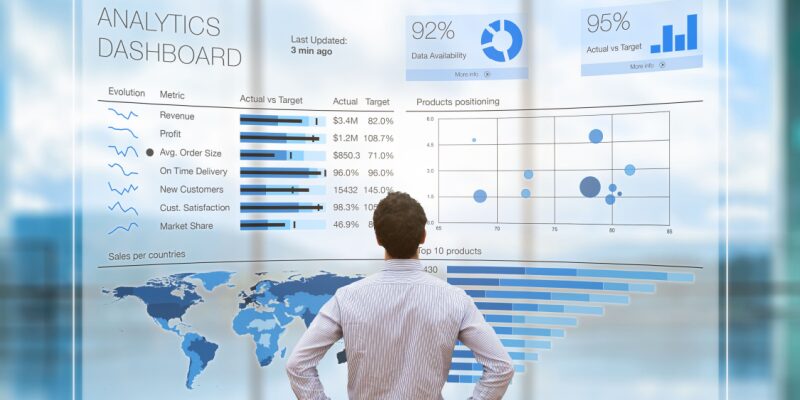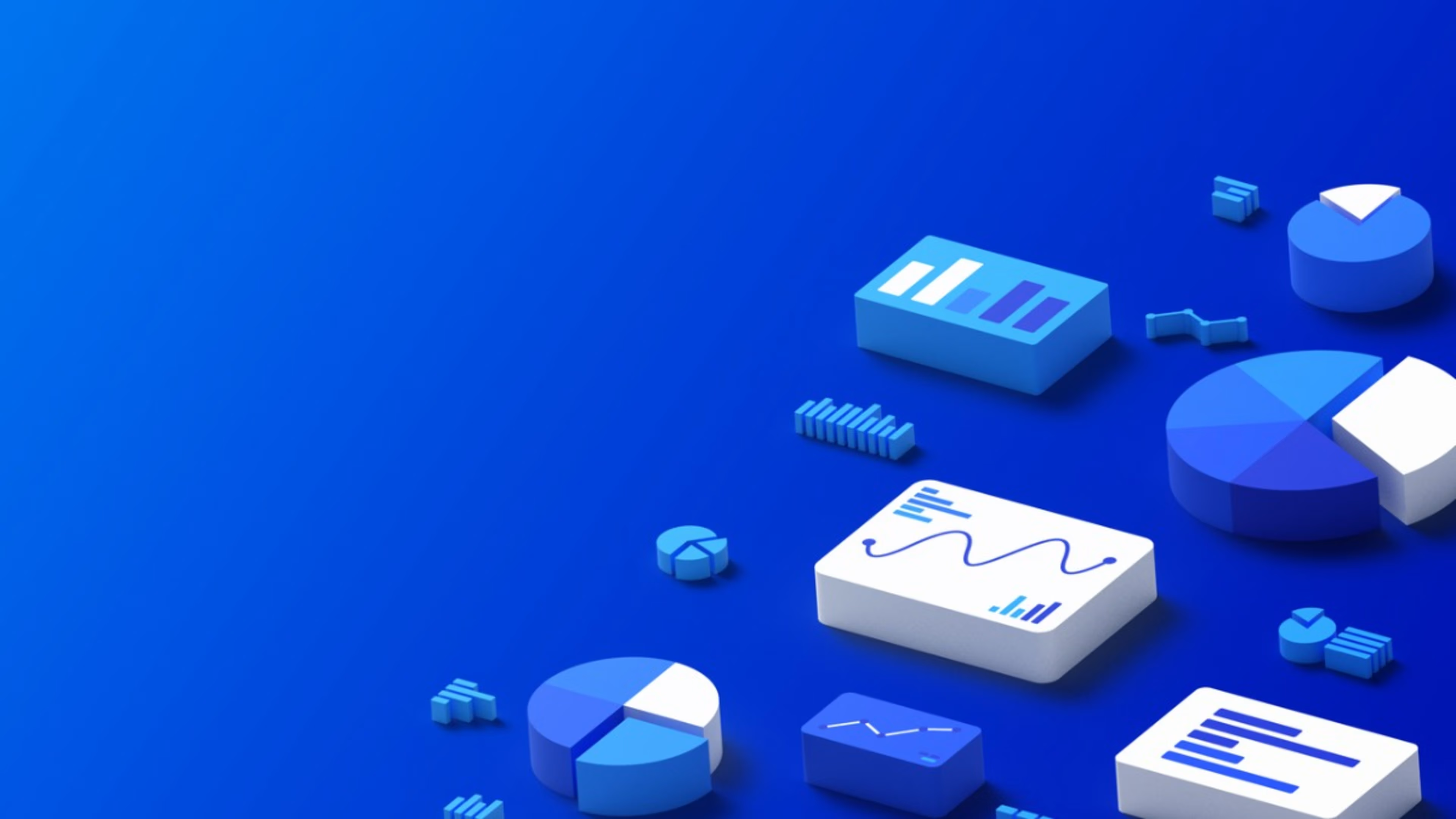Business intelligence (BI) has become an integral part of modern organizations, enabling them to make data-driven decisions and gain competitive advantages. The field of BI has been evolving rapidly, driven by advancements in technology and changing business needs. Here are some key trends and future outlook for business intelligence:
- AI and Machine Learning: Artificial intelligence (AI) and machine learning (ML) are transforming the BI landscape. These technologies can analyze vast amounts of data quickly and uncover valuable insights. AI-powered BI tools can automate data preparation, perform advanced analytics, and generate real-time predictions, enhancing decision-making capabilities.
- Self-Service BI: Self-service BI empowers non-technical users to access and analyze data independently. Traditional BI approaches required IT departments to create reports, but self-service tools enable business users to explore data, create visualizations, and generate reports on their own. This trend allows for greater agility and responsiveness within organizations.
- Embedded Analytics: Embedding analytics capabilities directly into applications and workflows has gained popularity. By integrating BI tools into existing software, organizations can provide real-time insights to users within their familiar interfaces. Embedded analytics enable users to make data-driven decisions without switching between different applications.
- Cloud-Based BI: Cloud computing has revolutionized BI by providing scalable, cost-effective solutions. Cloud-based BI platforms offer flexibility, allowing businesses to access and analyze data from anywhere, collaborate effectively, and scale their infrastructure as needed. Additionally, cloud providers offer advanced analytics and ML capabilities, reducing the need for extensive in-house infrastructure and expertise.
- Data Governance and Security: As data volumes increase and regulations like GDPR and CCPA come into play, data governance and security have become critical concerns. Organizations need to ensure data quality, compliance, and data privacy while maintaining accessibility. BI platforms with robust data governance features and built-in security measures are crucial to meet these requirements.
- Real-Time and Streaming Analytics: Real-time analytics enables organizations to make decisions based on up-to-the-minute data. Streaming analytics, combined with technologies like Internet of Things (IoT), allows businesses to process and analyze data in real-time as it flows from various sources. Real-time and streaming analytics help uncover immediate insights, improve operational efficiency, and enable proactive decision-making.
- Natural Language Processing (NLP): NLP is being integrated into BI tools, enabling users to interact with data using natural language queries. NLP capabilities allow users to ask questions in plain English and receive relevant insights and visualizations. This trend makes data analysis more accessible to a wider range of users, reducing the learning curve and increasing adoption.
- Data Democratization: The democratization of data involves making data accessible to a broader range of users within an organization. BI tools are evolving to provide intuitive interfaces, user-friendly visualizations, and self-service capabilities. By democratizing data, organizations can foster a data-driven culture and empower employees at all levels to make informed decisions.
Looking ahead, the future of BI will likely involve further advancements in AI and ML, increased integration with emerging technologies like blockchain and edge computing, and the continued focus on data privacy and security. As data continues to grow exponentially, the ability to extract valuable insights from it will remain a top priority for organizations across industries.






